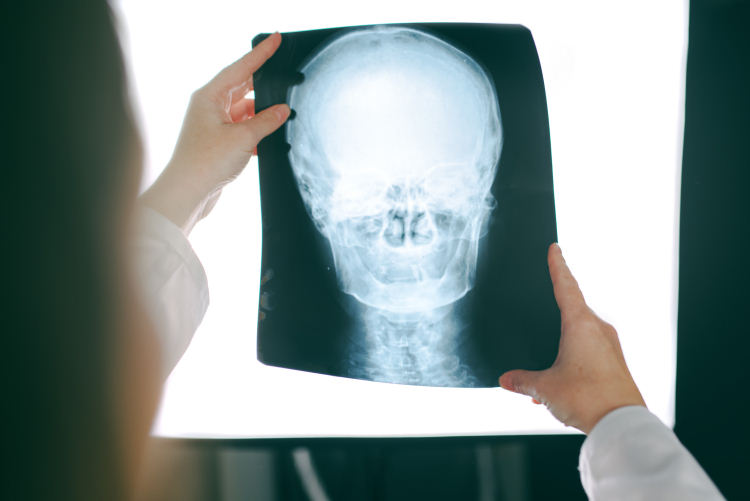
Each year, more than 200,000 Americans experience mini-strokes called transient ischemic attacks (TIAs). Patients suffer stroke-like symptoms such as paralysis on one side or difficulty speaking. While symptoms typically go away in less than a few minutes and there’s no brain damage, TIAs often are followed by severe strokes.
TIAs are an “ominous prelude” to an impending cerebrovascular catastrophe, but also the opportunity to prevent a disabling event,” Loyola Medicine neurologists Camilo R. Gomez, MD, Michael J. Schneck, MD and José Biller, MD report in the journal F1000 Research. However, the neurologists add that rapid evaluation and treatment can reduce the risk of stroke by about 80 percent during the dangerous first week following a TIA.
Most strokes are ischemic, meaning they are caused by blood clots that block blood flow to a part of the brain. TIAs also are caused by blood clots, but the clots quickly dissolve or are dislodged. However, there’s a 5 to 10 percent risk of suffering a stroke during the 30 days following a TIA, and 15 to 20 percent of ischemic stroke patients report having experienced an earlier TIA.
A TIA requires urgent management, but there is controversy about how to accomplish this: Should patients be temporarily hospitalized, which may be safer, or should they be evaluated on an outpatient basis, which may be more convenient and cost effective? The existing literature is inconclusive. “Both approaches have advantages and disadvantages,” the Loyola neurologists wrote.
Traditionally, TIA patients have been admitted for a 23-hour observation period after they come to the emergency department. A recent alternative is to refer patients to a “TIA clinic”, where they are quickly seen by a stroke neurologist, undergo diagnostic tests and have access to a multidisciplinary network of cardiologists, neurosurgeons, vascular surgeons and other relevant specialists.
Therapeutic strategies include antiplatelet therapy (aspirin and other drugs that stop blood cells called platelets from sticking together and forming a clot); Coumadin and other blood thinners; surgery or stent placement to open clogged arteries; therapy to control blood pressure and cholesterol; diabetes screening; and patient education.
“Patients must be counselled about smoking cessation, proper diet (preferably Mediterranean), regular exercise, maintenance of appropriate BMI (body mass index) and limiting alcohol consumption,” Drs. Gomez, Schneck and Biller wrote.
The Loyola neurologists, who all specialize in stroke care, concluded: “The diagnosis of a TIA represents the recognition of a medical emergency and an opportunity to reduce the risk of stroke by decisively evaluating the patient and applying any combination of the currently available therapeutic strategies. The future is likely to show additional methods of early diagnosis, better algorithms for stroke risk stratification and enhanced systems of care for these patients.”
###
Drs. Gomez and Schneck are professors and Dr. Biller is professor and chair of Loyola Medicine’s department of neurology. Their paper is titled, “Recent advances in the management of transient ischemic attacks.”
Loyola’s Stroke Center offers a nationally recognized team of experts in every facet of stroke-related care, including emergency medicine, neurology, neurosurgery, neurophysiology, neuroradiology, rehabilitative services, social work, pharmacy and specialty nursing. For nine years in a row, Loyola University Medical Center has received the American Heart Association/American Stroke Association’s Get With The Guidelines®-Stroke Gold Plus Quality Achievement Award.
Media Contact
Jim Ritter
[email protected]
708-216-2445
@LoyolaHealth
http://www.luhs.org
http://dx.doi.org/10.12688/f1000research.12358.1





